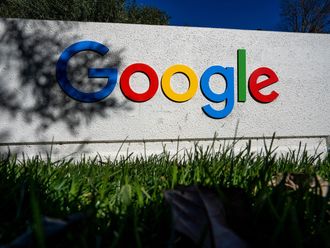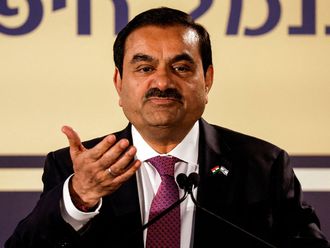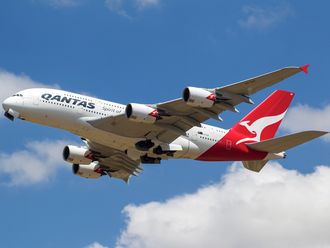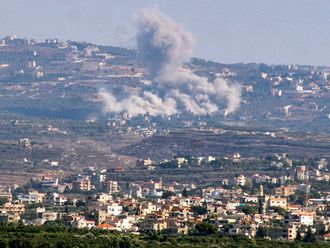None too surprisingly, the Saudi authorities seem quite determined to maintain a steady public spending this year notwithstanding the sharp drop in oil revenues. At least, this is the case with regard to the latest budgeted estimates and not necessarily be borne out in actuality.
The 2015 budget plans for an expenditure of $230 billion and revenues of $191 billion, thereby leaving a projected deficit of $39 billion. There is no change in the level of planned expenditures between 2014 and 2015, though the eventual results could be different reflecting the lower oil prices in the global markets.
As such, the actual expenditure and revenue for 2014 are reckoned to be $293 billion and $279 billion respectively. If this is the case, the actual expenditure for 2014 is higher by 22 per cent of the budgeted spending for 2015.
On the deficit side, it was the first time in seven years that the Kingdom has reported one, again reaffirming the significance of oil prices in its calculations. The treasury posted a surplus of $103 billion in fiscal year 2012 when the average price of crude was $109 a barrel. It fell to $53 billion in 2013 with the decline in oil price to $105, and coupled with stronger actual state spending.
The average oil price for 2014 is put at $96 per barrel, and hence the deficit. Certainly, the average price is considerably higher than prevailing market price, thanks in no small measure to the higher prices during the first half of the year.
Oil income accounts for some 90 per cent of budgetary revenues, a fact that places the well-being of the Saudi economy at the mercy of developments in the oil markets. Undeniably, changes in prices leave their imprint on the wider Saudi economy, as demonstrated in the budget deficit for 2014.
The heavy reliance on oil income is not surprising at all, as the kingdom remains the world’s largest exporter of crude. It is estimated Saudi Arabia produces some 9.7 million barrels of crude oil a day while boasting a sustained capacity of 12 million barrels per day. The latter allows the kingdom to augment production levels when and if necessary, something proven not long ago during the disruption of oil supplies from Libya.
On the other hand, the decline in oil prices compensates in other ways, not least the near absence of inflationary pressures. It is believed that the inflation rate stood at a mere 2.7 per cent in 2014. Looking back, inflation was problematic between 2007 and 2008 during the tenure of record oil prices, causing a sizeable mark up in the value of Saudi Arabia’s imports. This phenomenon is what is known as imported inflation.
The 2015 public spending represents around 31 per cent of GDP, which stands at $752 billion, clearly confirming its central role in the local economy. Fact of the matter is solid public spending invites similar steps by the private sector.
In the distribution of spending, those for education and training constitute nearly a quarter (or $58 billion), clearly reflecting the priorities of decision-makers in Saudi Arabia.
Stable governmental spending is crucial to help addressing the unemployment issue among locals. A report by the World Economic Forum places youth unemployment in Saudi Arabia at 27.8 per cent, the worst within the Gulf.
This is why a relatively high public spending will keep assisting the kingdom in overcoming economic challenges.
The writer is a Member of Parliament in Bahrain.











